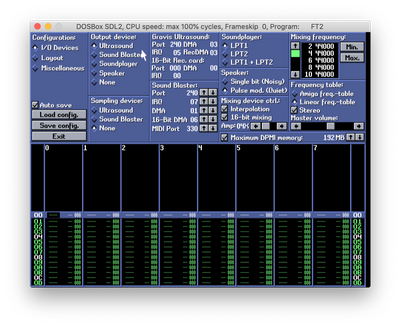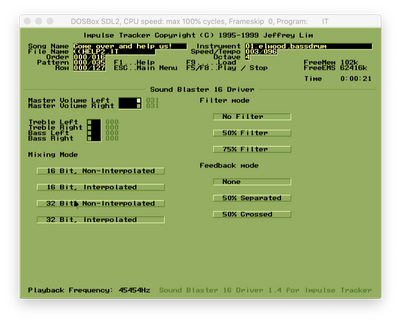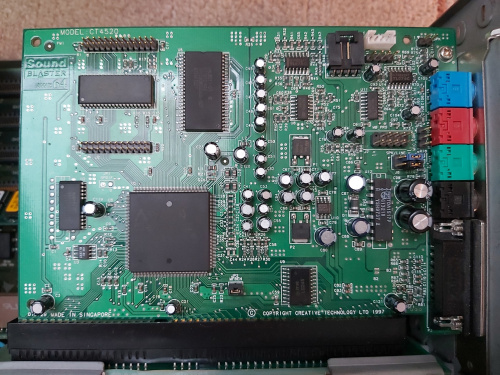Increased sample rate will increase frequency response (stuff will start sounding much more crips and clear) and also modifies how quantisation noise will play out. When the player or whatever scales samples in frequency domain it will stretch or squish the minimum steps, altering their contribution to final noise, especially when volume of the sample is altered, and also create aliasing artifacts that play a hige role in how things get perceived. Putting a 11KHz sample into 44KHz output creates 3 aliased images on top, which creates sort of metallic or robotic quality to the sound that some people cannot stand and prefer muffled sound over it that a lower sample rate would produce assuming (proper filtering on the final output), or others who prefer in as it adds perceived extra crispness to the sound.
As far as mixing goes, it is just simple math :
8bit number can only hold 2 ^ 8 = 256 values, when you add anything more to it the resulting value no longer fits into 8bits and you need to add another bit. With 9bits you get 2 ^ 9 = 512 states possible, and two 8bit samples will fit in there (256+256 = 512). 16bit number holds 2 ^ 16 = 65536 values, which is 256 times as much as an 8bit number and it starts to play a role especially when volume is changed when mixing is done. CPU will have one extra bit called carry bit that is used to detect when operation no longer fits into existing data size, when that bit is set you can do additional operation such as clipping or scaling back the result so it will fit in the chosen data size (i.e result is 512, which you divide by 2 so it will fit in 256 steps, losing precision in lowest bits as they get chopped off)). Doing this after every operation is much more expensive computationally than just to mix all your samples together into a wider buffer and in the very end determining what to do with it, and you only need to do it once.
When your output buffer is 8bit only you always truncate lowest bits when you do any scaling back of the values or applying volume (which a multilpication to boost the value or division equivalent to reduce it) which results in much higher distortion and noise (smaller numbers are more noisy, bug numbers taht don't fit must be clipped and thus sound more distorted) while with a 16bit buffer those bits all can remain intact and you don't suffer precision loss with successive operations (i.e additional channels getting mixed in) assuming the sample is shifted somewhere in the middle of the range not stuck at lowest bits. In the very end you choose a portion of the final buffer to send to the output.
The closer to MSB (top range) you use the less clipping there is but the worse quantisation noise is if output is 8bits, when you go more toward LSBs you increase clipping but you reduce quantisation noise. With 8bit output there's a great tradeoff between noise and volume as SNR is roughly ~48db (6 * 😎 and quantisation noise of final output will always be high and noise of source samples will add up in a complicated way. With 16bit output the SNR is way higher, at theoretical ~96db(9 * 16), essenitally inaudble in normal settings and only the noise contribution of original samples matters pretty much and it can be much lower.
Amiga has volume applied in analog domain so the infromation of the 8bit samples is always preserved, as with properly done 16bit mixing. Stuff like GUS and AWE32 work entirely digitally and have these sort of precision tradeoffs set down in their hardware as designers saw fit. Their internal data paths can and probably are greater than 16bit to minimize precision loss which is especially important for things like filters and effect units.
Frequency scaling (pitch shifting) in essentially skipping or repeating samples in its simplest form, pitch is determined by output sample rate and how many samples you need to skip/repeat as you travelse through it. Aliasing begins to play a great role now which more elaborate methods involving various interpolation methods try to reduce. Quantisation noise present in source samples gets altered with the pitch shift and relationship with chosen output sample rate, but I don't know any exact math at play here, I'm sure there are scientific articles about it but that's gonna involve math I do not comprehend.


